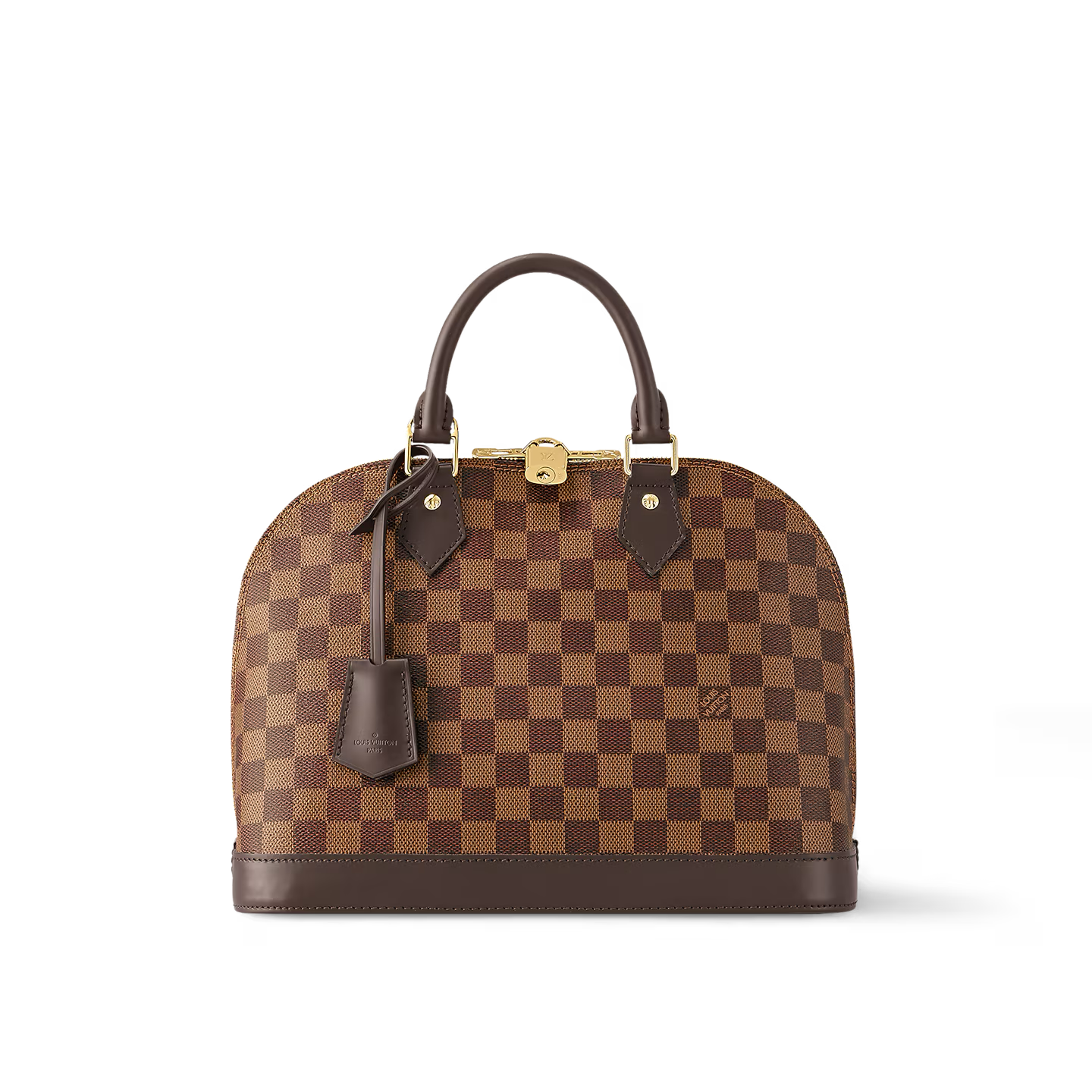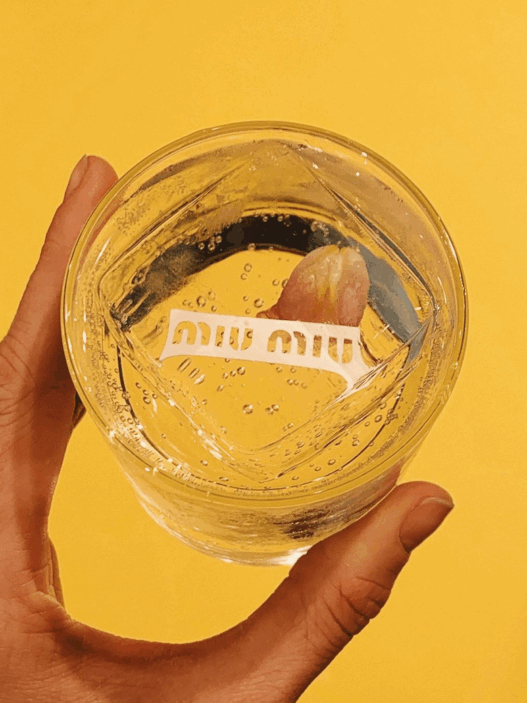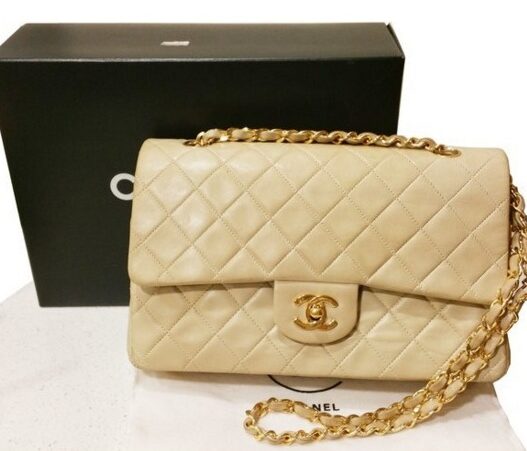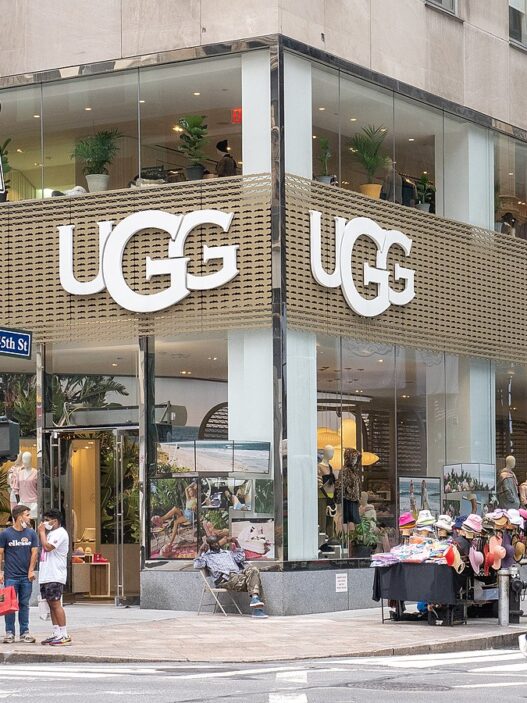Louis Vuitton’s Damier checkerboard is instantly recognizable, at least, so the French label hopes. In a major recent court victory in Poland, Louis Vuitton successfully defended its Damier Canvas trademark against a challenge that questioned whether such a geometric, repeating pattern could truly serve as a badge of origin for consumers. While logos and wordmarks are classic trademark subjects, much of modern fashion’s visual cachet relies on nontraditional marks: patterns, colors, textures, that courts often consider mere decoration.

Why Fashion Patterns Face Extra Scrutiny
Unlike prominent logos, repeating patterns and design elements frequently confront legal skepticism about their “inherent distinctiveness.” EU and national courts have long insisted a pattern must “depart significantly from the norms or customs of the sector” to qualify for instant trademark protection, otherwise the brand must provide evidence that the public connects it specifically with the company—so-called “acquired distinctiveness” or “secondary meaning”. This has tripped up even luxury icons: Louis Vuitton’s Damier Azur variant and other designs have at times been denied protection at the EU level due to lack of distinctiveness proven across all member states.
The Damier Case: Poland Takes a Stand
The Polish case, which recently concluded in Louis Vuitton’s favor, illustrates a rare win on “primary distinctiveness” grounds—a sign of the times and the high bar set by European courts. The Damier Canvas mark, dating back to 1888, was challenged by a party seeking to revoke its registration. Initial decisions suggested the pattern functioned more as a common design than as a true indicator of origin. However, Poland’s Supreme Administrative Court ultimately overturned the challenge, stating that by the date of registration, the Damier pattern had achieved a level of distinction within fashion commerce sufficient for protection.
This victory contrasts sharply with Louis Vuitton’s experience at the EU level, where the General Court has required proof that consumers from “a significant proportion” of member states recognize the mark as uniquely Louis Vuitton. In those instances, the fashion house struggled to demonstrate the breadth of consumer recognition needed.
Legal Lessons for Luxury and the Burden of Proof
The Polish court’s approach offers legal lessons for both fashion brands and IP strategists:
-
Distinctiveness is jurisdiction-specific: What might win in one country may fail in pan-European tribunals.
-
Primary vs. Secondary Meaning: National decision-makers can recognize iconic status and inherent distinctiveness, while regional IP offices often prefer more empirical, consumer survey-based evidence of secondary association.
-
Procedural Fairness Matters: The Polish decision also highlighted procedural flaws such as limited evidence review and failure to ensure equitable participation from both sides during the adversarial process, impacting the outcome.
Interestingly, the Polish judgment cited widespread counterfeiting as further proof of the mark’s public resonance: If fakes abound, it’s testament to consumers’ association of the pattern with Louis Vuitton, not generic style.
Fashion’s Trademark Tightrope
For global brands, such decisions are a double-edged sword. A win like in Poland strengthens a brand’s hand in local courts and sets a precedent favoring graphic distinctiveness, even when a mark is subtle, silent, or non-verbal. But the fragmented results across Europe reveal the intense hurdles facing any designer hoping to lock down rights in simple geometric motifs or patterns rather than overt logos.
Moreover, this episode speaks to a larger debate over the extent to which the law should allow monopolization of basic design elements, especially when those elements may naturally evolve or overlap with general trends in the market.
Looking Ahead: Strategy in the Pattern Wars
Louis Vuitton’s active defense sends a clear industry message: Brands must be prepared for protracted, evidence-heavy battles to secure non-traditional trademarks and must tailor their legal strategies to each jurisdiction’s standards. The case also reminds up-and-coming designers: building evidence of recognition and documenting the evolution of your mark from decorative element to distinctive “badge” of origin may someday make all the difference in court.
In a luxury world where ornament can be as powerful as a name, this Damier decision nudges fashion’s legal landscape; though the balance between protection and competition will remain contested for seasons to come.

















